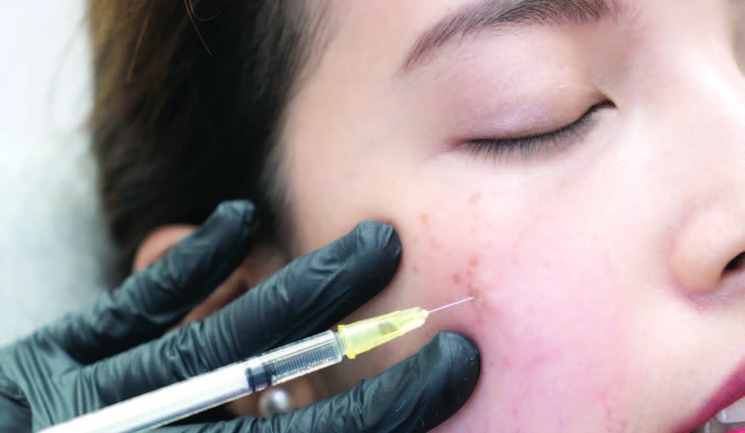Dr Varna Kugan explores the aesthetic ideals and key differences when treating Asian versus Caucasian patients and why this is important to consider in today’s clinical practice
To access this post, you must purchase Aesthetics Journal Membership – Annual Elite Membership, Aesthetics Journal Membership – Annual Enhanced Membership or Aesthetics Journal Membership – Basic Membership.
log in
log in


